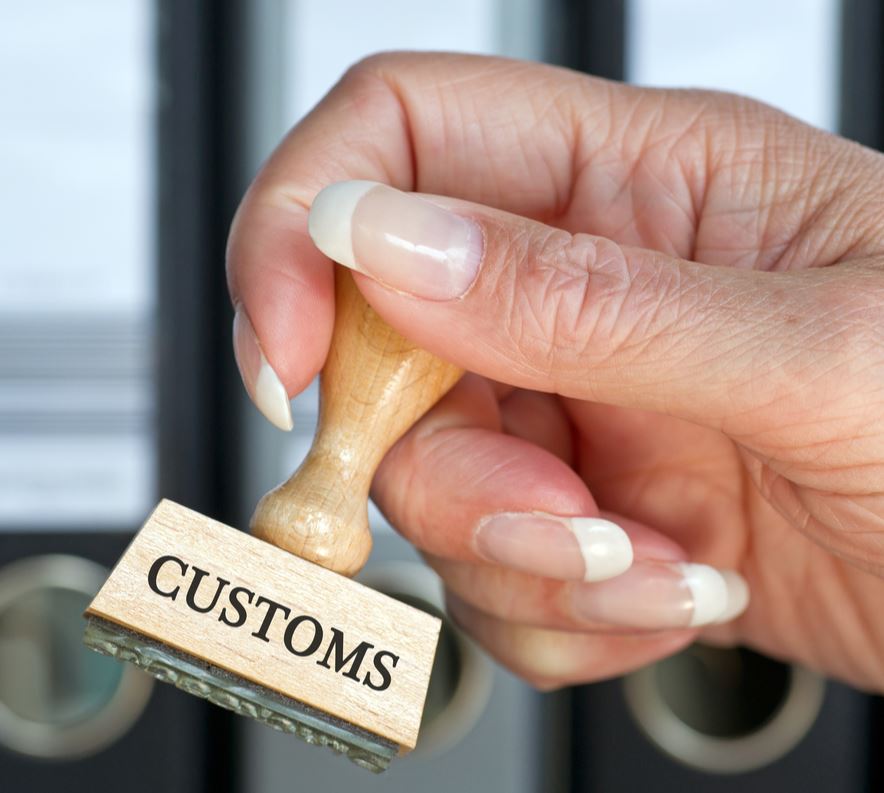Buckle up, folks—our favorite regulatory sheriffs at the FDA have dropped another massive rulebook, this time titled “Artificial Intelligence-Enabled Device Software Functions: Lifecycle Management and Marketing Submission Recommendations.” If you’re still awake after reading that title, congratulations! This document is essentially a roadmap for manufacturers navigating the treacherous waters of AI-powered medical devices, ensuring these gadgets don’t turn into rogue robots making wild medical decisions.
The Big Idea: The Total Product Life Cycle (TPLC) Approach
The FDA is obsessed with this Total Product Life Cycle (TPLC) concept, which basically means manufacturers should keep an eye on their AI medical devices forever—from conception to post-market babysitting. This makes sense because AI has a mind of its own (almost), evolving over time like that one houseplant you keep forgetting to water. The guidance helps companies make sure their devices stay safe, effective, and don’t decide to randomly diagnose everyone with the plague.
The FDA’s Cheat Sheet for AI Device Manufacturers
Here’s what the FDA wants you to do (besides reading their 50-page document without crying):
Build a Quality Fortress 🏰
Document everything. No, seriously. The FDA wants meticulous records of your design, development, and maintenance phases so they can check if you’ve done your homework. Think of it as keeping receipts—because if something goes wrong, they will ask for them.
Describe Your Brainy Device 🤖
The FDA expects you to spell out exactly what your AI-powered marvel does, how it does it, and why. They’re not impressed with vague descriptions like “It just works.” So, be transparent about its purpose, the AI models it uses, and how it makes its life-changing (or mildly useful) decisions.
User-Friendly or Bust 🎛️
Ever used a product so confusing that you wanted to throw it out the window? The FDA doesn’t want that happening with life-saving devices. Clear labeling, intuitive design, and interfaces that don’t require a PhD to operate are a must.
Sniff Out the Risks 🚨
AI can be a bit of a wildcard, so manufacturers need to conduct risk assessments to ensure their devices aren’t accidentally introducing new hazards. Basically, figure out all the ways your AI could go rogue before it does.
Manage That Data Like a Pro 📊
AI feeds on data like a hungry teenager, but not all data is good data. The FDA insists on strong data management, ensuring that datasets are diverse, secure, and not riddled with errors that could make the device biased or ineffective.
Keep an Eye on It (Forever) 👀
Just because your device got FDA approval doesn’t mean you can ignore it. The agency wants manufacturers to set up post-market performance monitoring—because AI loves to learn and change, and sometimes, it learns the wrong things.
Bias Alert: AI’s Not-So-Secret Flaw
One of the biggest takeaways? AI can be super biased. If a device is trained on limited data, it might work great for some people and be completely useless (or even dangerous) for others. The FDA is nudging manufacturers to catch and fix these biases before their AI devices start playing favorites.
FDA’s Golden Advice: Talk to Us Early
Rather than surprising the FDA with an AI medical device they’ve never seen before (not recommended), manufacturers should chat with them early in the process. Think of it as showing your teacher a rough draft before turning in the final essay—this can help avoid unpleasant surprises later.
Final Verdict
The FDA’s latest guidance provides a structured game plan for AI-enabled medical devices, ensuring they’re safe, effective, and not just some high-tech gimmick. For manufacturers, following these rules is the key to getting their devices approved without unnecessary headaches.
CONTACT F2 LABS FOR HELP, THIS IS WHAT WE DO.
Want to discuss your project with us?
You can contact us at this link. Our phone number is 877-405-1580 and we are here to help you.






















